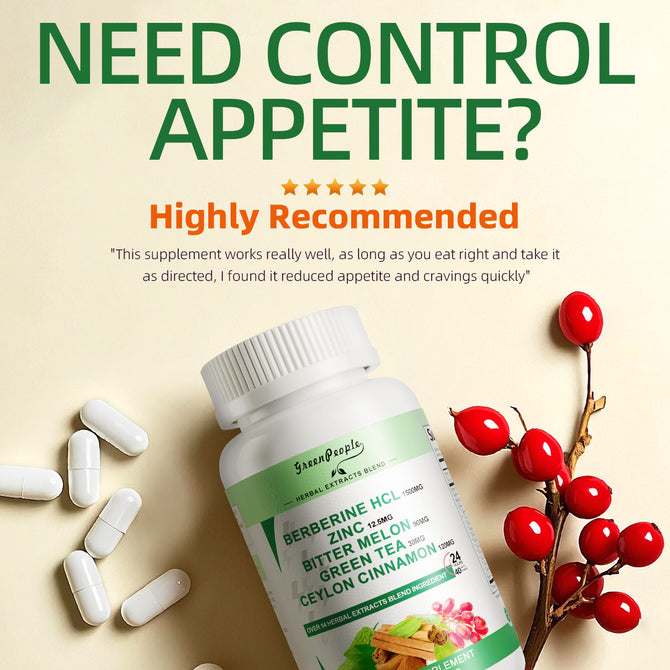You’ve probably seen “400 IU” or “5000 IU” stamped on your vitamin D bottle—but what does IU mean on vitamin D? And how do you know if that’s the right amount for your body?
If you've been feeling unusually tired, catching colds more often, or spending too much time indoors, you’ve probably asked yourself: “Am I getting enough vitamin D?”
This guide will help you finally make sense of those mysterious IU numbers, understand the vitamin D vs vitamin D3 difference, and discover how to match the right dosage to your lifestyle, age, and health needs. Plus, we’ll explain the benefits of pairing D3 with K2, and how to tell if you’re running low on this crucial nutrient.
What Does IU Mean on Vitamin D Labels?
IU = International Unit
IU, or International Unit, is a standardized measure used to describe the biological effect—not just the weight—of vitamins and certain medications. For vitamin D, it helps you know how potent a dose really is, regardless of the form (D2 or D3).
- 1 IU of vitamin D = 0.025 micrograms (mcg)
- 1000 IU = 25 mcg
Tip: Confused about mcg to IU? Multiply mcg by 40 to convert it to IU.
Why It Matters for Your Health
Knowing what IU means helps you avoid over-supplementing, which can stress your kidneys, or under-supplementing, which may leave you fatigued, foggy, and vulnerable to frequent illnesses.
How Much Vitamin D3 Should I Take Daily?
The recommended daily amount depends on your age, sun exposure, skin tone, and overall health. Here’s a simplified breakdown based on U.S. guidelines:
- Infants (0–12 months): 400 IU/day
- Children & Teens: 600–1000 IU/day
- Adults (19–70): 600–2000 IU/day
- Seniors (70+): 800–2000 IU/day
- Pregnant/Nursing Women: 800–2000 IU/day
In real life? Especially for those living in colder climates or spending most of their time indoors, these levels may not always be enough. Some studies suggest that higher daily doses—up to 10,000 IU—can be used short-term under medical supervision to correct deficiency or achieve optimal blood levels.
While the Institute of Medicine sets the tolerable upper intake level (UL) at 4,000 IU/day, research has shown that intakes up to 10,000 IU/day are generally considered safe for healthy adults in the absence of contraindications.
Important: Always consult with a healthcare provider before taking high-dose Vitamin D, especially if you have existing health conditions or take other medications.
Vitamin D2 vs D3: What’s the Difference?
D2 (Ergocalciferol)
- Found in mushrooms and fortified foods
- Derived from plant sources
- Less bioavailable—your body absorbs it less efficiently
- Less stable over time
D3 (Cholecalciferol)
- Found in animal-based foods or made from lanolin (some vegan forms come from lichen)
- More effective at raising and maintaining blood levels of vitamin D
- Longer-lasting in the body
Bottom line? When comparing vitamin d vs vitamin d3 difference, D3 is the superior choice for most people.

Spotting a Vitamin D Deficiency: Symptoms You Shouldn’t Ignore
Many people are low in vitamin D and don’t even know it—especially in the U.S., where office jobs, cloudy climates, and sunscreen use are common. Here are some of the most common vitamin d deficiency symptoms:
- Constant fatigue or low energy
- Weak immunity (frequent colds or infections)
- Mood changes, especially seasonal depression
- Muscle aches or joint discomfort
- Brain fog or trouble concentrating
- Poor bone health
Note: These are potential signs, not diagnostic criteria. Always consult your healthcare provider for personalized guidance.
Best Vitamin D Supplement Types: Capsules, Drops & D3 + K2 Combo
Choosing the Right Format
Whether you prefer capsules, softgels, or drops, the best vitamin D supplement is the one you’ll consistently take. Look for:
- D3 (not D2) for better absorption
- Clean, minimal ingredient lists
- Third-party testing or GMP certification
Why D3 + K2 Is a Smart Combo
Pairing vitamin D3 and K2 is like using GPS for calcium in your body:
- D3 boosts calcium absorption into your bloodstream
- K2 helps direct that calcium into your bones—and away from arteries
D3 and K2 benefits include:
- Bone strength support
- Arterial health maintenance
- Better calcium metabolism
When to Take Vitamin D for Maximum Absorption
Timing matters more than you think. To get the most from your supplement:
- Take it with food—especially with healthy fats like olive oil, nuts, or avocado.
- Morning or early afternoon is best—some people report sleep issues when taken late.
Avoid taking high doses right before bed to prevent melatonin disruption.
Common Vitamin D Questions—Answered
Can I Get Enough from Food?
Vitamin d foods include:
- Fatty fish (like salmon, tuna, and mackerel)
- Egg yolks
- Fortified dairy and plant-based milks
- Fortified cereals
- UV-exposed mushrooms
Still, most people don’t get enough from diet alone. Supplementation bridges that gap.
Is Too Much Vitamin D Bad for Kidneys?
Yes—extremely high doses over long periods may affect kidney health. That’s why you should:
- Stay within safe ranges (under 4000 IU/day unless prescribed)
- Get your levels tested if you’re supplementing long-term
- Look for how much vitamin d is safe for kidneys in clinical studies before megadosing
Final Thoughts—You Deserve to Understand Your Own Health
Navigating the world of supplements can be confusing—but knowing what IU means on vitamin D, how much you need, and the difference between D2 and D3 gives you power over your well-being.
Whether you're addressing a vitamin d deficiency, choosing the best vitamin d supplement, or just curious about the benefits of vitamin d3 and k2 combination, you're not alone—and you're making an informed choice.
Start by checking your label. Understand the IU. Choose quality. Your bones, mood, and immune system will thank you.



